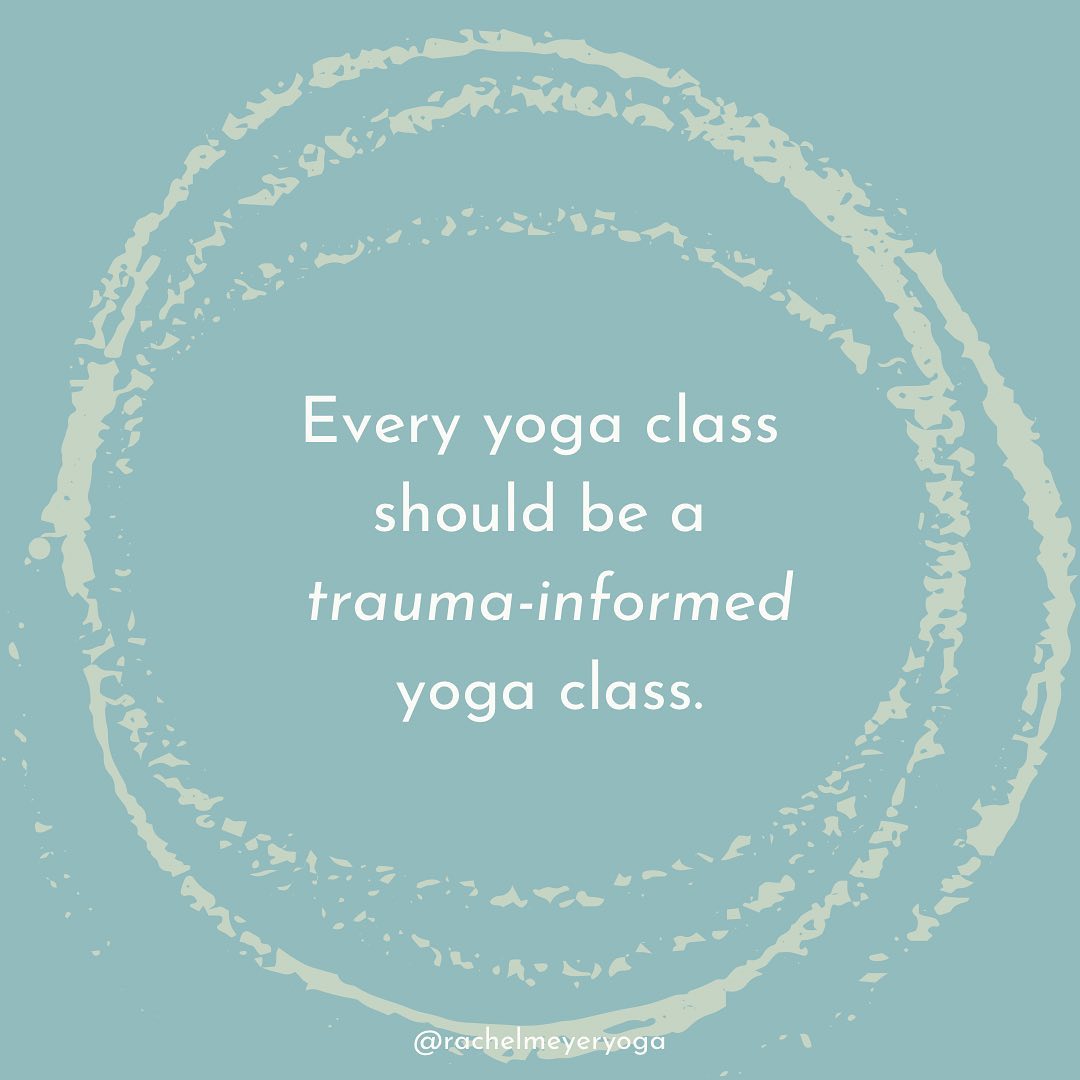A student stopped me one day after class and told me this, seven or eight years ago at YoYoYogi in Portland. I’ve never forgotten it.
Isn’t that what we all want for our yoga students? For them to feel safe?
Last night I taught the B. Yoga Basel TT cohort all about Yoga & Trauma Sensitivity. We covered everything from the basics of trauma theory to Bessel Van Der Kolk and Resmaa Menakem to Gabor Maté to reptilian brains to creating a culture of consent and how to offer quality hands-on assists and trauma-informed savasana options to guru power dynamics to the most burning question of all: whether yoga teachers should even be touching students in the first place.
Whew!! It was a rich, nuanced, complicated, inspiring conversation — and it made me fall in love with teaching yoga all over again.
From San Francisco/Oakland to Portland to Boston to Basel, I feel grateful to have been a fly on the wall for some of the most thoughtful and progressive trauma-informed developments of the last decade.
Here in 2024, we are serving students more wholeheartedly and creating a safe(r) container for them at the same time. If that’s not ahimsa, I don’t know what is.

